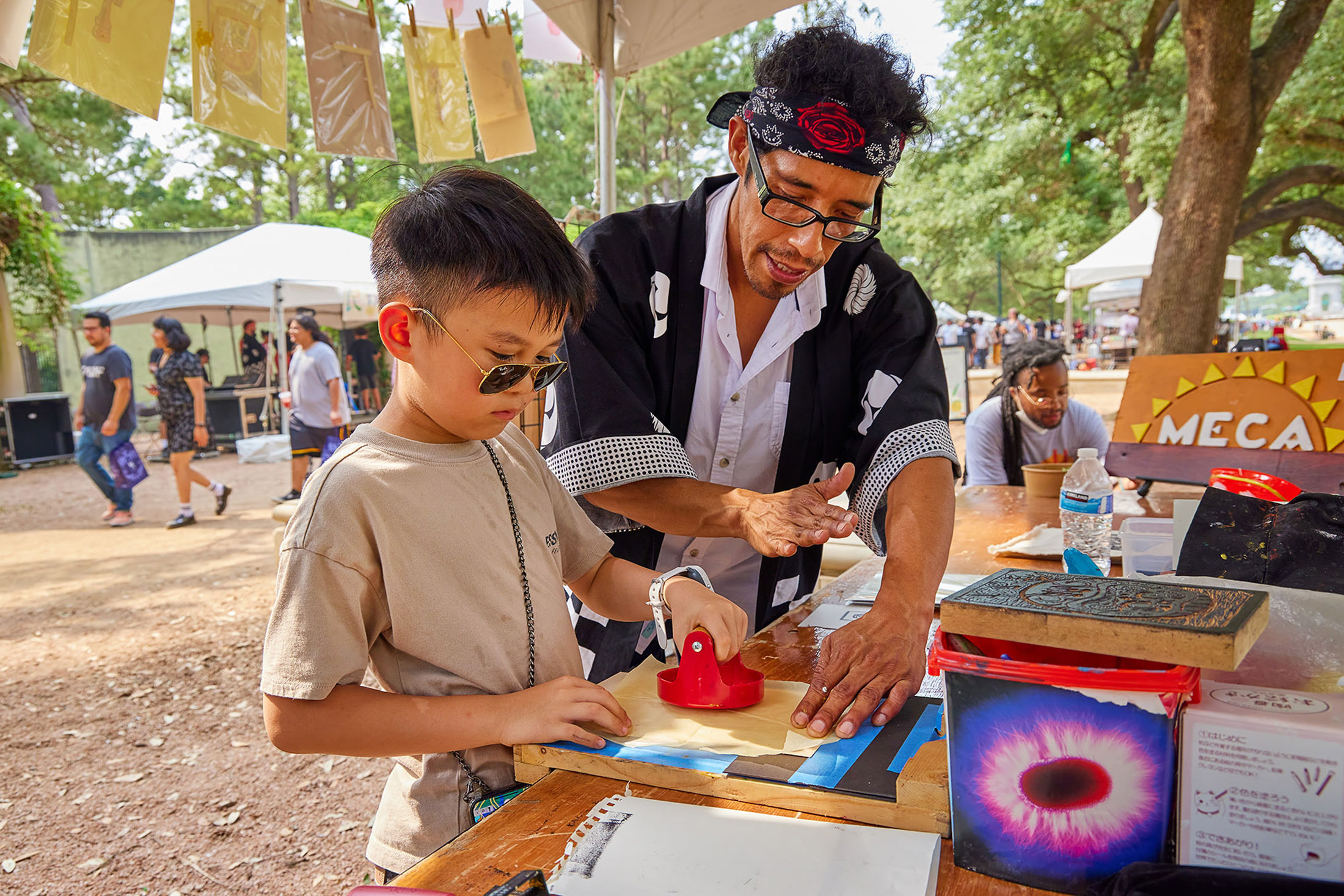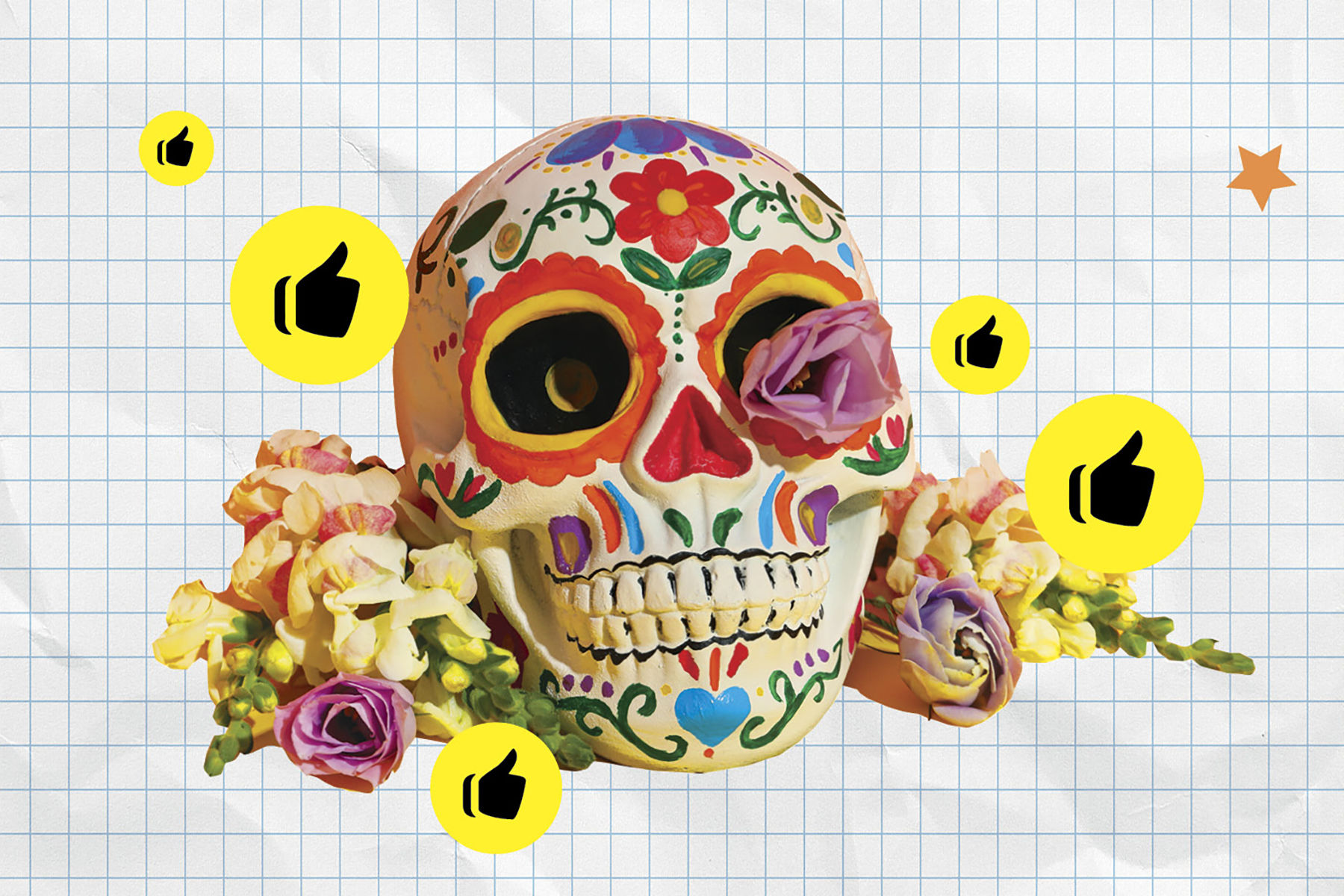Why Día de los Muertos Is More Than a Fashion Trend

Colorful sugar skulls are often put on altars or ofrendas for the deceased.
Image: Freepik
Day of the Dead Instagram collabs, sugar skull makeup, flower crown classes, and altar events: It's not your imagination; we are entering the most wonderful time of the year when Día de los Muertos, also known as Day of the Dead, is everywhere. Walk into any big box retailer between August and November and find Día de los Muertos-themed earrings, dresses, leggings, t-shirts, and even home décor. The Mexican cultural tradition has now seemingly been rolled up into the retail Halloween craze, but let’s get one thing straight: Día de los Muertos is not “Mexican Halloween.”
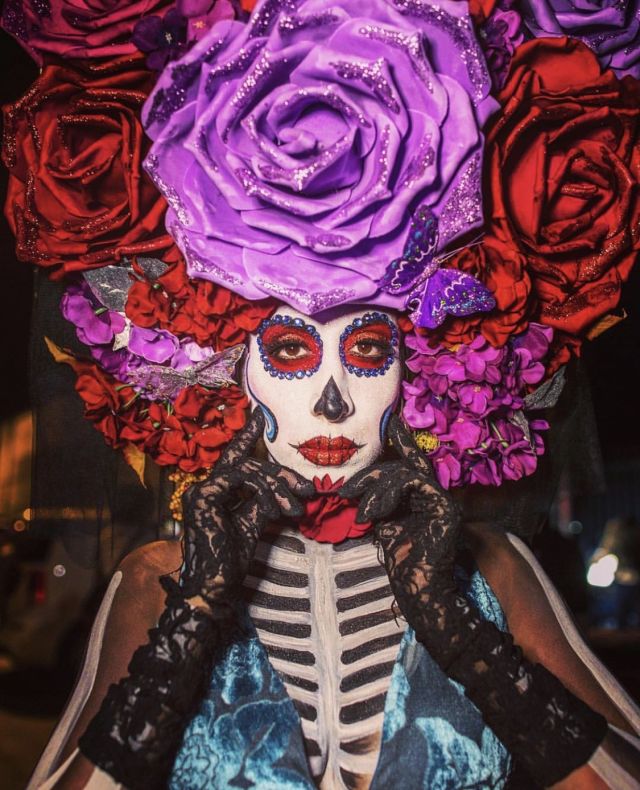
La Catrina, the Grand Dame of Death, has become the symbol of Dia de los Muertos.
Image: All City Media Network
The iconic makeup and beautiful towering headdresses may seem like stunning fashion moments, but they're a part of customs and traditions that date back 3,000 years to the time of the Aztecs. Getting the perfect Día de los Muertos snap for your IG feed may feel like a necessity, but so is understanding the meaning behind the traditions.
“Día de los Muertos is a festival of color and a festival for the senses, but it is also a very spiritual tradition for many,” says Luis Gavito, curator of the Día de los Muertos Ofrendas Exhibit at the Multicultural Education and Counseling Through the Arts (MECA). “If you are going to be inspired by the traditions of Mexico, and you are going to participate in Día de los Muertos, it's best to understand them fully.”
Contrary to its name, Día de los Muertos is actually a multi-day event that begins with All Saints Day on November 1, when the souls of children are invited down to reunite with their families. November 2, All Souls Day, is when the souls of the adults are invited down and celebrated with their favorite food, drinks, and the people they loved most. While this may seem like a macabre tradition, it's anything but—it is a celebration of being reunited with those who have passed.
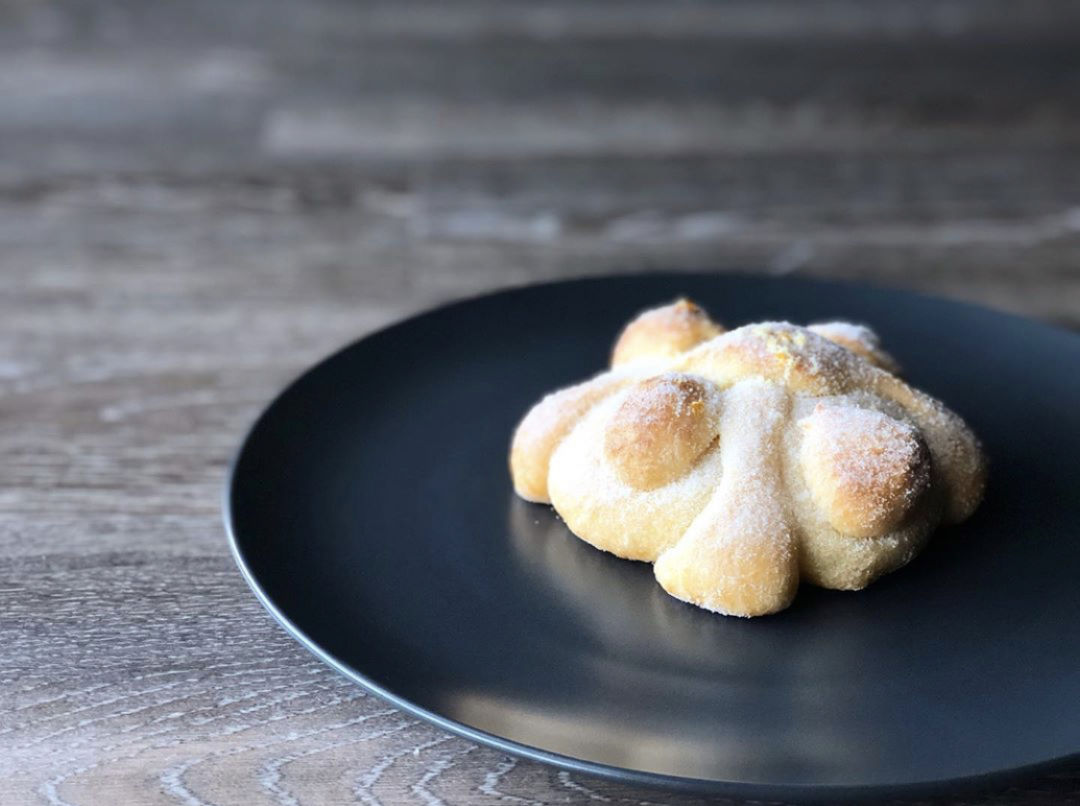
Chef Saga of Houston makes pan de muerto (bread of the dead) to celebrate Dia de los Muertos.
Image: Courtesy of Chef Saga
Altars—which shouldn’t be confused with shrines—are usually erected in people’s homes to pay homage to the departed with photos, food, and mementos from their life. Pan de Muerto, a Mexican pastry made especially for Día de los Muertos, is sweet bread with a round shape symbolizing eternal life. The orange flowers that look like carnations or marigolds are a Mexican flower called cempasuchil, or "flower of the dead," which are used in the celebrations to lead the deceased back home.
Beautiful skeleton makeup has become the ubiquitous symbol of Día de los Muertos, and it's more than just a festive look. If you're painting your face, you're probably painting it to look like La Catrina, known as the Grand Dame of Death. She symbolizes the fact that in death, everyone is the same.
“People dress as skeletons and put on skeleton makeup to show their relationship with death, because for many, death is part of life,” says Gavito.
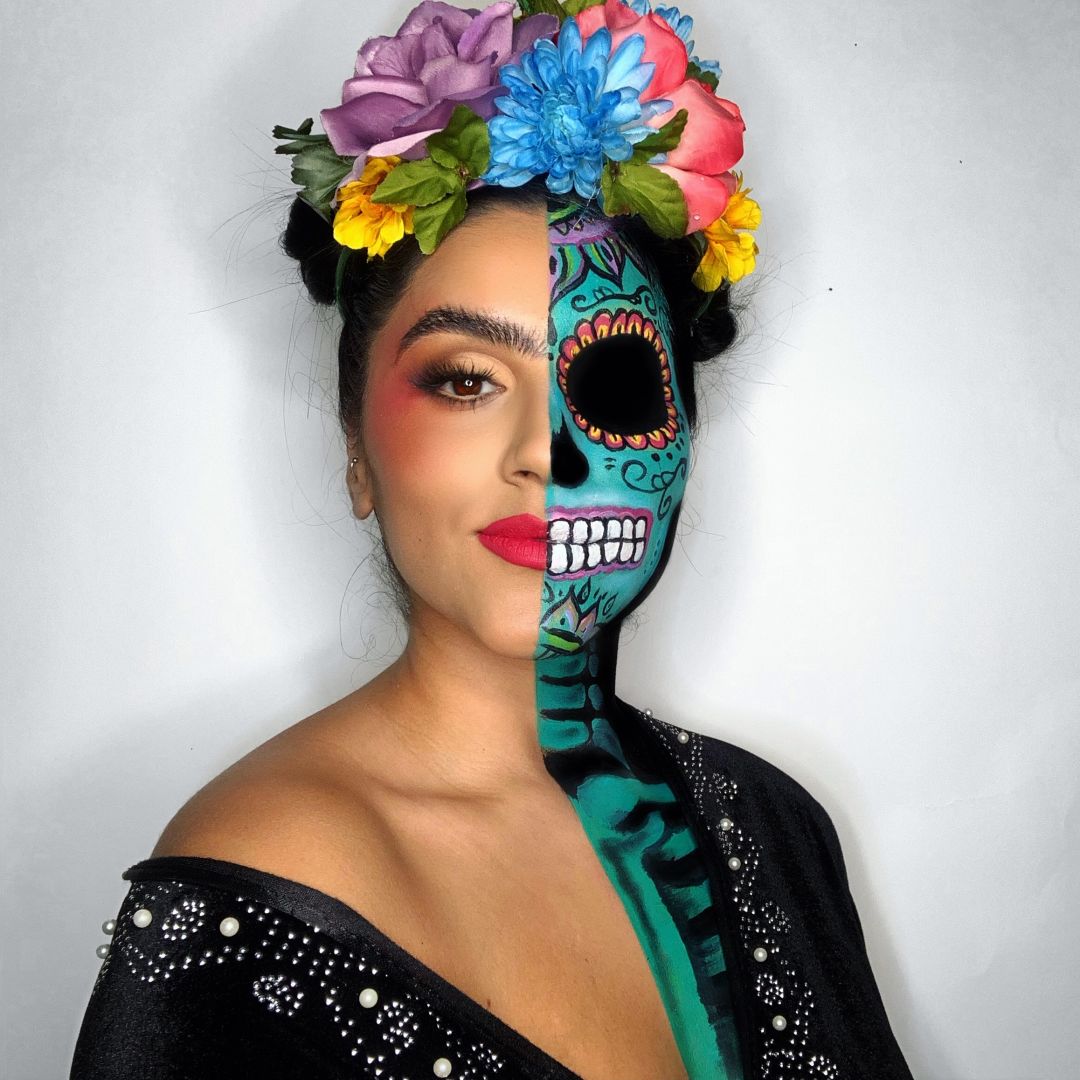
Houston makeup artist Kayla Martinez spends up to three hours on one Día de los Muertos look.
Image: Kayla Martinez
Houston makeup artist Kayla Martinez celebrates the tradition as part of her culture and can spend up to three hours on a single Día de los Muertos look. Using nearly 10 colors and several types of brushes to complete the transformation, Martinez uses makeup to bring her culture to the forefront of people’s minds.
“I love it when people admire our culture and find something beautiful to celebrate, but it makes me sad when people dress up or do their makeup in Dïa de los Muertos style without knowing the meaning behind it,” Martinez says. “I won’t hold it against anyone, but for me it is a celebration of my heritage and growing up along the Texas/Mexico border.”
If you want to know more about Día de los Muertos, MECA Houston will celebrate the tradition through November 3 with performances, films, an altar exhibit, and festival. Visit meca-houston.org for specific dates and times.

